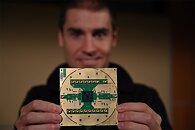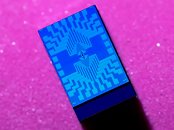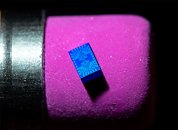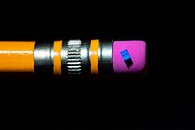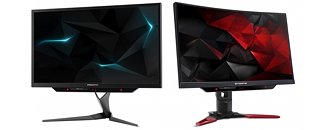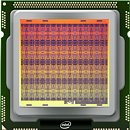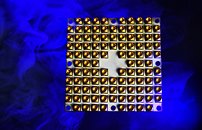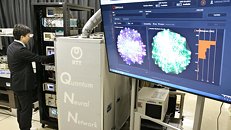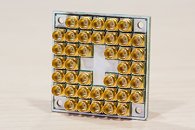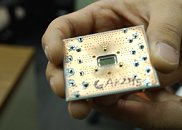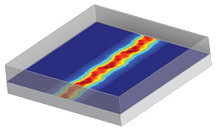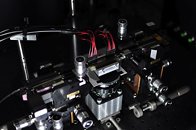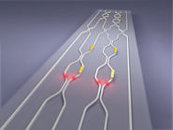
Intel and QuTech Detail "Horse Ridge," First Cryogenic Quantum Computing Control Chip
Intel Labs, in collaboration with QuTech ‑ a partnership between TU Delft and TNO (Netherlands Organization for Applied Scientific Research) ‑ outlines key technical features of its new cryogenic quantum control chip "Horse Ridge" in a research paper released at the 2020 International Solid-State Circuits Conference (ISSCC) in San Francisco. The paper unveils key technical capabilities of Horse Ridge that address fundamental challenges in building a quantum system powerful enough to demonstrate quantum practicality: scalability, flexibility and fidelity.
"Today, quantum researchers work with just a small number of qubits, using smaller, custom-designed systems surrounded by complex control and interconnect mechanisms. Intel's Horse Ridge greatly minimizes this complexity. By systematically working to scale to thousands of qubits required for quantum practicality, we're continuing to make steady progress toward making commercially viable quantum computing a reality in our future," said Jim Clarke, director of quantum hardware, Intel Labs.
"Today, quantum researchers work with just a small number of qubits, using smaller, custom-designed systems surrounded by complex control and interconnect mechanisms. Intel's Horse Ridge greatly minimizes this complexity. By systematically working to scale to thousands of qubits required for quantum practicality, we're continuing to make steady progress toward making commercially viable quantum computing a reality in our future," said Jim Clarke, director of quantum hardware, Intel Labs.
